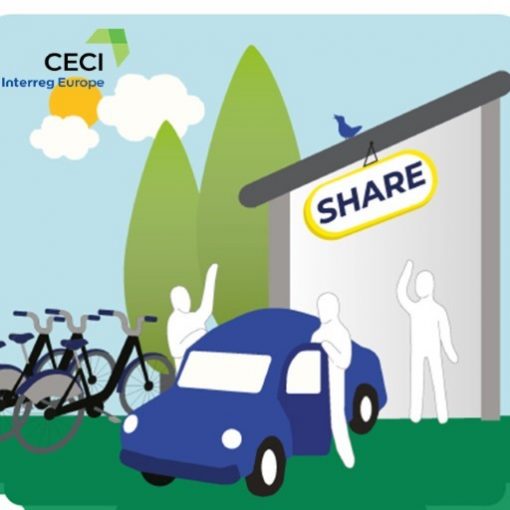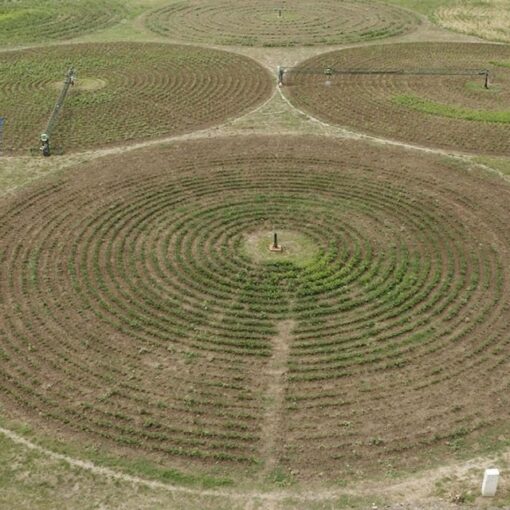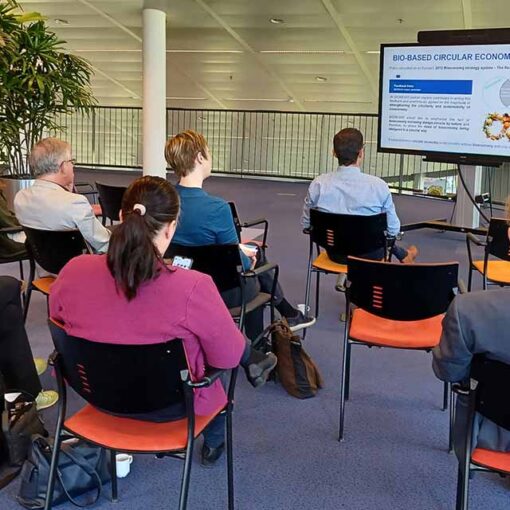LAB University of Applied Sciences acts as one of the partners in the RESINDUSTRY – Policies for Renewable Energy Sources in industry project. It aims to advance the integration of renewable energy sources (RES) in the energy mix, and hence increase the energy independency and decrease the energy intensity in the EU. Projected long-term effects are increased industry competitiveness, decreased energy costs, and improved energy security. (Interreg Europe 2022.)
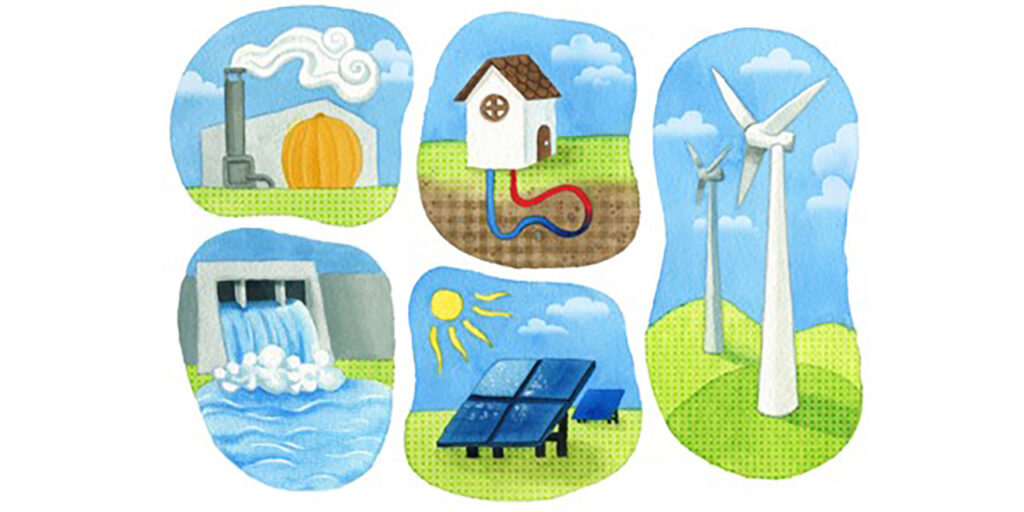
The main outcome of the project is a regional action plan developed in cooperation with the Regional Council of Päijät-Häme and other regional stakeholders. The plan will be finalized in June 2022. It sets specific actions for the region to support a higher deployment of RES, leading to decentralization and decarbonization of energy systems. The target policy instrument is Innovations and Skills in Finland 2021–2027 (Uudistuva ja osaava Suomi 2021-2027) in Finland’s Structural Fund programme. The planned actions are presented below.
Action 1: Influencing renewables on strategy level
Päijät-Häme Regional Development Strategy 2022–2025 contains the smart specialization spearheads (1) sport, (2) food and beverage, and (3) manufacturing, with a cross-cutting theme of sustainability including renewable energy. RES is influenced by two regional roadmaps; Päijät-Häme Climate Action Roadmap and Päijät-Häme Circular Economy Roadmap.
External link to Päijät-Häme Climate Action Roadmap.
External link to Päijät-Häme Circular Economy Roadmap.
Action 2: Promoting biomass production and utilization
LAB conducted a RESINDUSTRY study (Luste et al. 2021) into the biogas potential in the region of Päijät-Häme. While conventional raw materials for biogas, such as wastewater and municipal waste, are already broadly utilized for biogas in the region, biomaterials from the region’s agriculture have still more potential.
Action 3: Promoting wind energy
Päijät-Häme is a feasible area for wind power, but according to the RESINDUSTRY Market Analysis (LAB University of Applied Sciences 2021) and wind energy study (Lähteenaro et al. 2021), new projects have not succeeded due to public landscape and noise concerns. Currently, there is still no wind energy production in the region. In order to promote wind energy in the region, a wind power study has been conducted (2020–2022) by the Regional Council. The study aims to map sites for new wind power and assess other factors, such as social and bird interactions. (Päijät-Hämeen liitto 2022.)
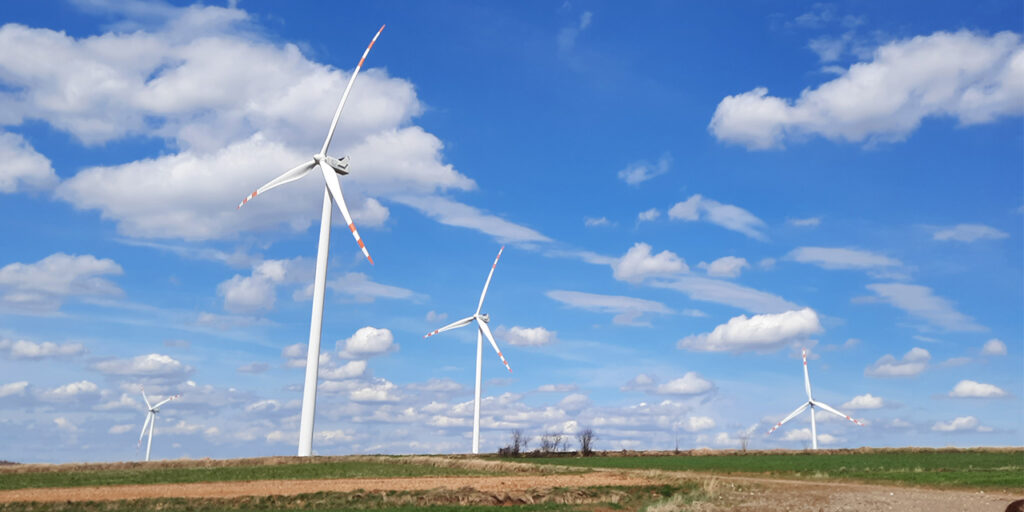
Action 4: Renewable energy storage
Energy storage is the enabling technology in the renewable energy transition. It is used to compensate for the intermittent availability of RES. A new project proposal is being prepared, including regional models and assessments of different energy storage technologies. The aim is to project their future potentials and feasibilities in the region.
New inclusive project proposal
A new project proposal with a comprehensive plan to address all actions of the action plan will be submitted in the local ERDF funding call, opened on 12 May 2022, and closing on 16 June 2022. The project proposal includes the development of solutions to utilize wind, solar and bioenergy more efficiently technologically, environmentally, and economically.
Authors
Vilppu Eloranta is an RDI Specialist at LAB University of Applied Sciences. He works as an energy system expert in several projects.
Katerina Medkova works as an RDI specialist at LAB University of Applied Sciences and is a Project & Communication Manager in the RESINDUSTRY project. RESINDUSTRY is supported by the Interreg Europe Programme funded by the European Regional Development Fund (ERDF) and co-financed by the participants.
References
Interreg Europe. 2022. Policies for Renewable Energy Sources in industry. Cited 27 May 2022. Available at https://projects2014-2020.interregeurope.eu/resindustry/
LAB University of Applied Sciences. 2021. RESINDUSTRY Market Analysis. Cited 6 Jun 2022. Available at https://www.lab.fi/sites/default/files/2021-08/FINAL_MA_LAB_Finland_with%20Annexes.pdf
Luste, S., Lähteenaro, P. & Medkova, K. 2021. Mapping the agricultural biogas potential in Päijät-Häme. Cited 27 May 2022. Available at https://blogit.lab.fi/labfocus/en/mapping-the-agricultural-biogas-potential-in-paijat-hame/
Lähteenaro, P.; Medkova, K. 2021. The current and future state of wind energy in Päijät-Häme. Cited 27 May 2022. Available at https://www.labopen.fi/lab-pro/the-current-and-future-state-of-wind-energy-in-paijat-hame/
Marttila, T. 2022. Different renewable energy sources. Cited 6 Jun 2022. Available at https://blogit.lab.fi/labfocus/en/interregional-meeting-debating-renewable-energy-sources/
Päijät-Hämeen liitto. 2022. Tuulivoimaselvitys. Cited 27 May 2022. Available at https://paijat-hame.fi/alueidenkaytto-ja-liikenne/tuulivoimaselvitys/
Links
Link 1. Regional Council of Päijät-Häme. 2022. Climate Action Roadmap. Cited 27 May 2022. Available at https://paijat-hame.fi/en/climate-action-roadmap/
Link 2. Regional Council of Päijät-Häme. 2022. Roadmap towards Circular Economy. Cited 27 May 2022. Available at https://paijat-hame.fi/en/smart-specialisation-and-innovation-environments/circular-economy/


